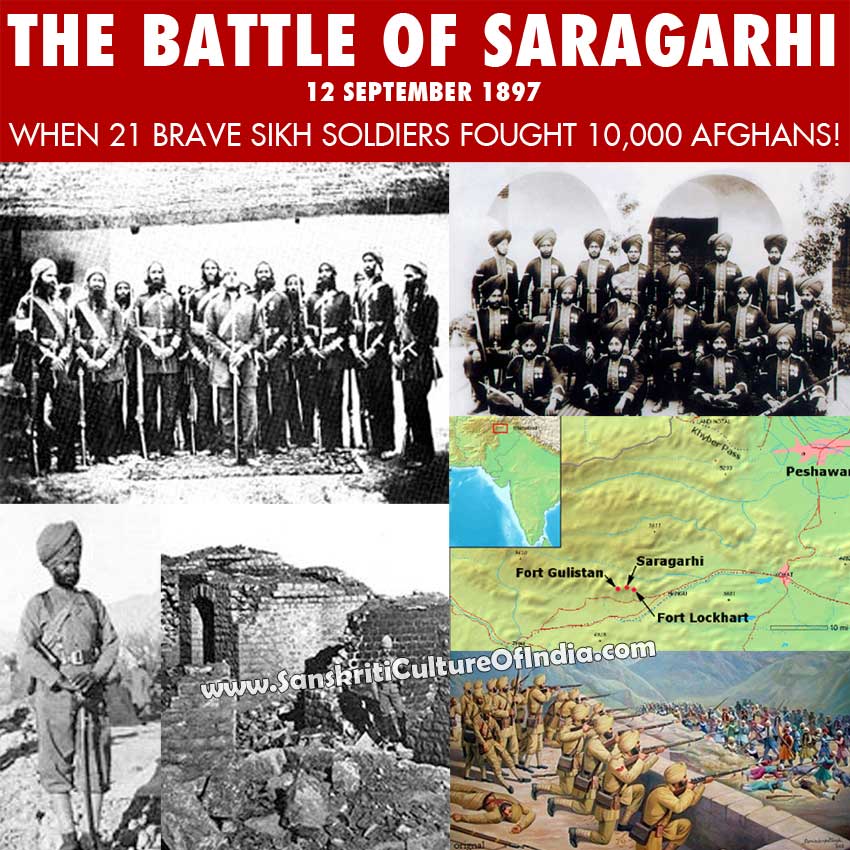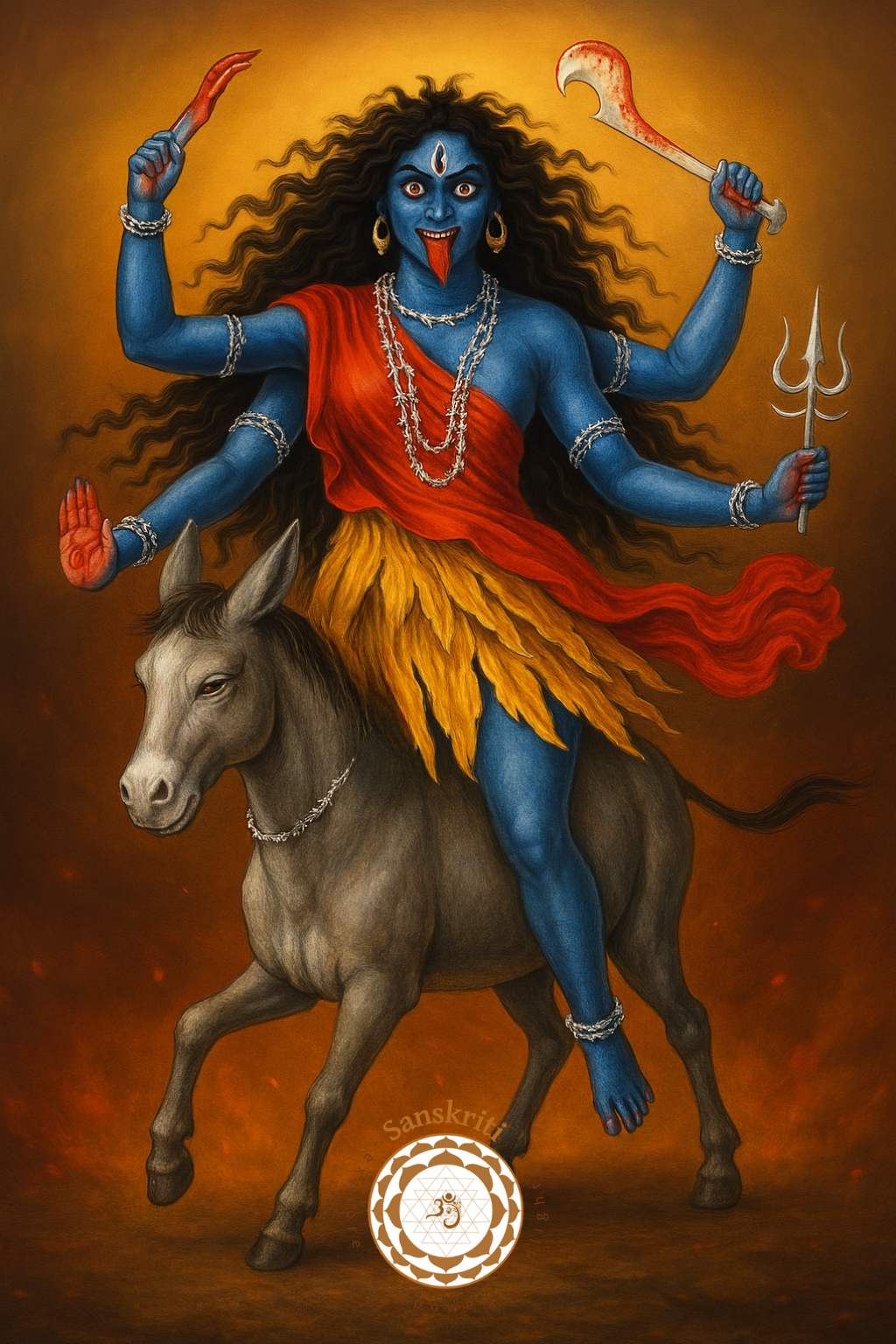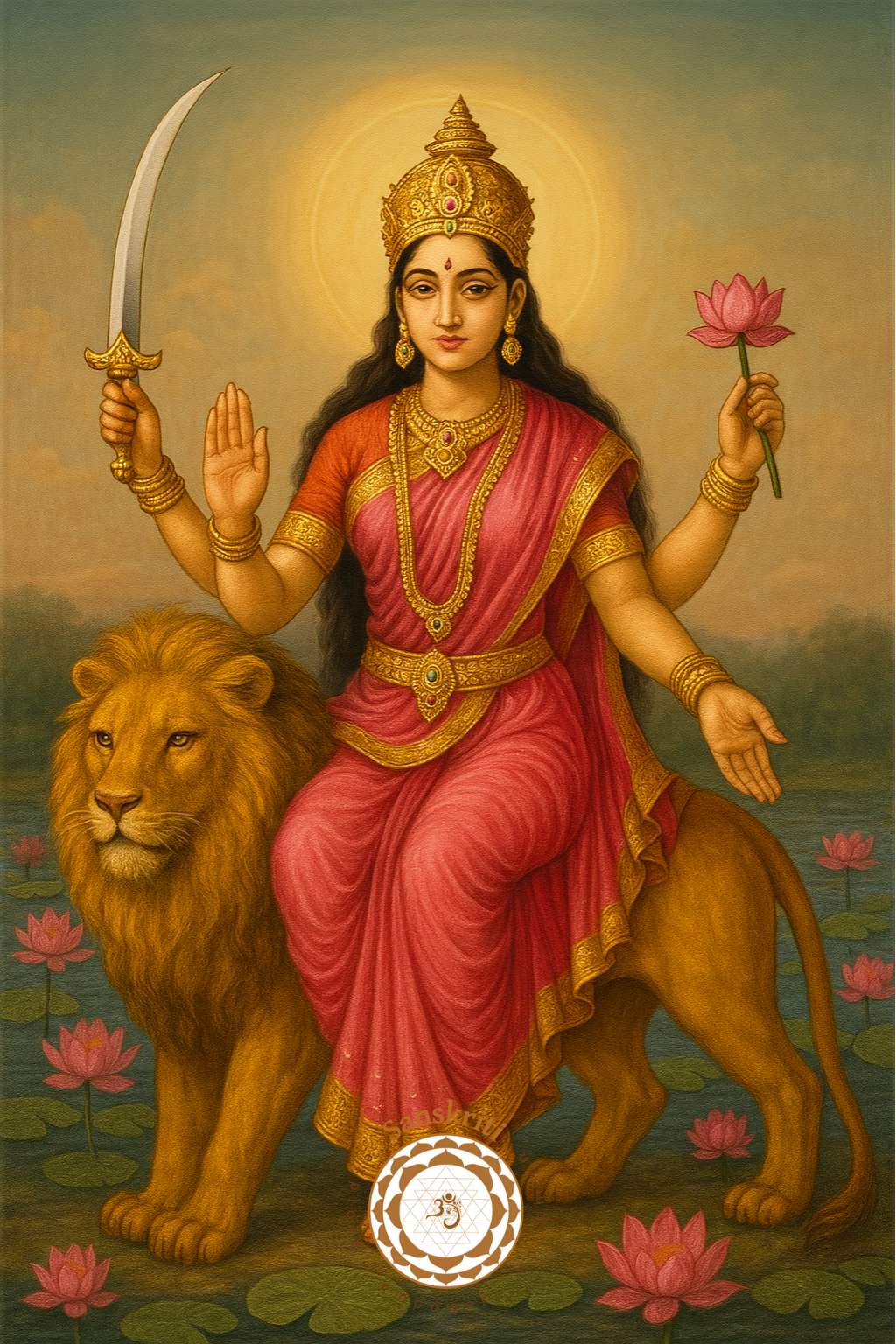If you thought the battle of Battle of Thermopylae associated with the heroic stand of a small Greek force against the mighty Persian Army of Xerxes I in 480 B.C was legendary (movie 300), then check out this last stand by the 21 Sikhs fighting 10,000 Afghans at Saragarhi:
Saragarhi is the incredible story of 21 men of the 36th Sikh Regiment (currently the 4th Sikh Regiment) who gave up their lives in devotion to their duty. This battle, like many others fought by the Sikhs, highlights the heroic action by a small detachment of Sikh soldiers against heavy odds. This encounter took place on 12 September 1897 in the Tirah region of North-West Frontier Province (now in Pakistan, which then formed part of British India). In keeping with the tradition of the Sikh Army, they fought to the death rather than surrender.
The Battle at Saragarhi is one of eight stories of collective bravery published by UNESCO (United Nations Educational, Scientific and Cultural Organization). It has been mentioned as one of the five most significant events of its kind in the world which includes the Battle of Thermopylae.
The British colonial rulers had constructed a series of forts to control the NWFP (North West Frontier Province – today a state in Pakistan) and to provide security to troops against marauding tribesmen and their lashkars (large body of troops). Most of these forts had initially been built by Maharaja Ranjit Singh as part of the consolidation of the Sikh empire in Punjab and the British added some more. The British had only partially succeeded in gaining control over this region, consequently, skirmishes and sometimes serious fights with the tribals were a frequent occurrence. However, the NWFP was a good training ground for the Indian Army to hone its skills and techniques.
Two such forts on the Samana ridge of the Hindukush & Sulaiman ranges that is Fort Lockhart and Fort Gulistan were a few miles apart. Since these forts were not inter-visible, a signalling relay post called Saragarhi was located mid-way on a bluff to provide heliographic (A heliograph is a simple device for sending Morse code using a mirror catching the sunlight) communications between them. This post or picket had been fortified to provide safety and protection to the signalling detachment. In 1897 there was a general uprising in the NWFP engineered by Afghans as part of their policy, which came to be known as the ‘prickly heat policy’ to direct the wrath of the tribals against the British. In this uprising, Mullahs (Muslim religious leaders) played a prominent role. It was the duty of the 36th Sikh to occupy Gulistan and Lockhart forts. On 3rd and 9th September 1897, Orakazai and Afridi lashkars attacked Fort Gulistan. On both occasion the attacks were beaten back. A relief column was sent from the fort to assist in beating back these attacks.
The relief column from Lockhart on the return trip reinforced the signalling detachment at Saragarhi making its strength to 1 NCO (Non-Commissioned Officer) and 20 ORs (Other Ranks). In a renewed effort, on 12 September 1897, hordes of tribesmen laid siege to Fort Lockhart and Saragarhi, with the aim of overrunning the latter and at the same time preventing any help from the former. The Commanding Officer of 36th Sikh, Lt. Col. Haughton, was at Fort Lockhart and was in communication with the Saragarhi post through heliograph. The defenders of Saragarhi under the indomitable and inspiring leadership of their detachment commander, Havildar Ishar Singh, resolved to defend their post in the best tradition of their race and regiment. They were not there to hand over the post to the enemy and seek safety elsewhere. Havildar Singh and his men knew well that the post would fall, because a handful of men in that make-shift fort of stones & mud walls with a wooden door could not stand the onslaught of thousands of tribesmen. These plucky men knew that they will go down but they had resolved to do so fighting to the last.
The tribals set fire to the post, while the brave garrison lay dead or dying with their ammunition exhausted. Next morning the relief column reached the post and the tell tale marks of the epic fight were there for all to see. The tribals later admitted to figure of a minimum of 600 – 1400 were dead and many more wounded. This episode when narrated in the British Parliament, drew from the members a standing ovation in the memory of the defenders of Saragarhi. The story of the heroic deeds of these men was also placed before Queen Victoria. The account was received all over the world with awe and admiration. All the 21 valiant men of this epic battle were awarded the Indian Order of Merit Class III (posthumously) which at the time was one of the highest gallantry awards given to Indian troops and is considered equivalent to the present-day Vir Chakra. All dependants of the Saragarhi heroes were awarded 50 acres of land and 500 Rupees. Never before or since has a body of troops – that is, all of them won gallantry awards in a single action. It is indeed a singularly unique action in the annals of Indian military history.
The battle has become iconic of eastern military civilization, British empire military history and Sikh history.[1] The modern Sikh Regiment continues to celebrate the day of the Battle of Saragarhi each 12 September as the Regimental Battle Honours Day. To commemorate the men the British built two Saragarhi Gurudwaras: one in Amritsar very close to the main entrance of the Golden Temple, and another in Ferozepur Cantonment, which was the district that most of the men hailed from.
Up on the frontier the defence of Saragarhi and the brave men who did their duty and died at their poets in the Frontier war of 113 years ago will not be forgotten.
The gallant 21 Sikhs stood their ground bowing in obeisance to Guru Gobind Singh’s hymn :(Tav-Parsaad SawaiyeSwaiyya): “Sudh sipaah Durant dubah, Su saaj sanaah durjaan dalain-ge. Bhaari gumaan bhare man main, Kar parbat pank hale na halain-ge. Tor areen maror mvaasan, Maate matangan maan malain-ge. Sri-pat sri bhagvaan kripa bin, Tyaag jahaan nidaan chalain-ge
Meaning: Trained soldiers, terribly fierce with decorative armours capable of suppressing the enemies. Their minds so heavy with pride that they would put mountains to fight, keeping oneself stable. Tearing through the foes, would diminish enemies, bending down their necks. But without the mercy of the Lord Supreme, Waheguru in the end, they also depart from the world. The Sikhs fought with passion and love for Him. Saach kaho’n sun leho sabhai. Jin prem kee-o tin hi prabh paa-eo (Hear ye all! I say the truth, only he attains God, who loves HIM truly.”)
All the 21 Sikh non-commissioned officers and soldiers of other ranks who laid down their lives in the Battle of Saragarhi were posthumously awarded the Indian Order of Merit, the highest gallantry award of that time, which an Indian soldier could receive by the hands of the British crown, the corresponding gallantry award being Victoria Cross. This award is equivalent to today’s Param Vir Chakra awarded by the President of India.











